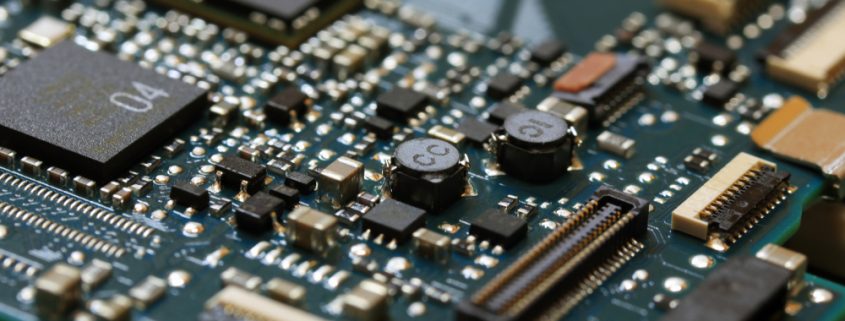Overcoming the Challenges of System on a Chip Testing and Verification
System on a chip (SoC) technology has become an essential part of the modern electronics landscape. It enables the integration of multiple functions and components on a single chip. This reduces the size, power consumption, and cost of electronic devices. However, testing and verification of SoC systems can be challenging. Why? Due to the complexity of the integration and the need to validate the interactions between the different components. In this article, we will explore the main challenges of SoC testing and verification and how they can be overcome.
The Complexity of System on a Chip
One of the main challenges is the complexity of the integration of multiple functions and components on a single chip. This complexity results in a large number of possible interactions between the components. This can be difficult to validate and test. In addition, the integration of multiple functions and components on a single chip increases the risk of functional and design defects. This can be difficult to detect and fix.
Another challenge is the increasing speed and performance requirements of SoC systems. This can result in increased power consumption and heat generation. This can have an impact on the reliability and performance of the SoC system and must be taken into account during the testing and verification process.
Overcoming the Challenges of System on a Chip Testing and Verification
To overcome the challenges of System on a chip testing and verification, it is important to adopt a comprehensive and integrated approach. This approach should cover all aspects of the SoC design and implementation process. It should also include the following steps:
Design Verification
- This involves the use of simulation and emulation tools to validate the functionality and performance of the SoC system before it is manufactured. This step can help identify and fix functional and design defects before they become more significant problems during the testing and verification process.
Test Automation
- Automated testing is an essential part of the SoC testing and verification process. It helps to reduce the time and effort required for manual testing and ensures that the testing process is consistent and repeatable.
Power and Thermal Analysis
- As mentioned earlier, the speed and performance requirements of SoC systems can result in increased power consumption and heat generation. It is therefore important to perform power and thermal analysis to ensure that the SoC system operates within acceptable power and thermal limits.
Debug and Trace Tools
- Debug and trace tools are important for identifying and fixing defects in the SoC system. These tools provide detailed information about the operation of the SoC system, which can help to identify the root cause of defects and resolve them.
Conclusion
SoC technology has revolutionized the electronics landscape by enabling the integration of multiple functions and components on a single chip. However, testing and verification of SoC systems can be challenging due to the complexity of the integration and the need to validate the interactions between the different components. To overcome these challenges, it is important to adopt a comprehensive and integrated approach that covers all aspects of the SoC design and implementation process. This approach should include design verification, test automation, power, and thermal analysis, and debug and trace tools. With the right approach, SoC testing and verification can be made easier, more efficient, and more effective, ensuring that SoC systems are reliable and perform to their full potential.
Learn more at LinearMicroSystems.com.
Linear MicroSystems, Inc. is proud to offer its services worldwide as well as the surrounding areas and cities around our Headquarters in Irvine, CA: Mission Viejo, Laguna Niguel, Huntington Beach, Santa Ana, Fountain Valley, Anaheim, Orange County, Fullerton, and Los Angeles.






